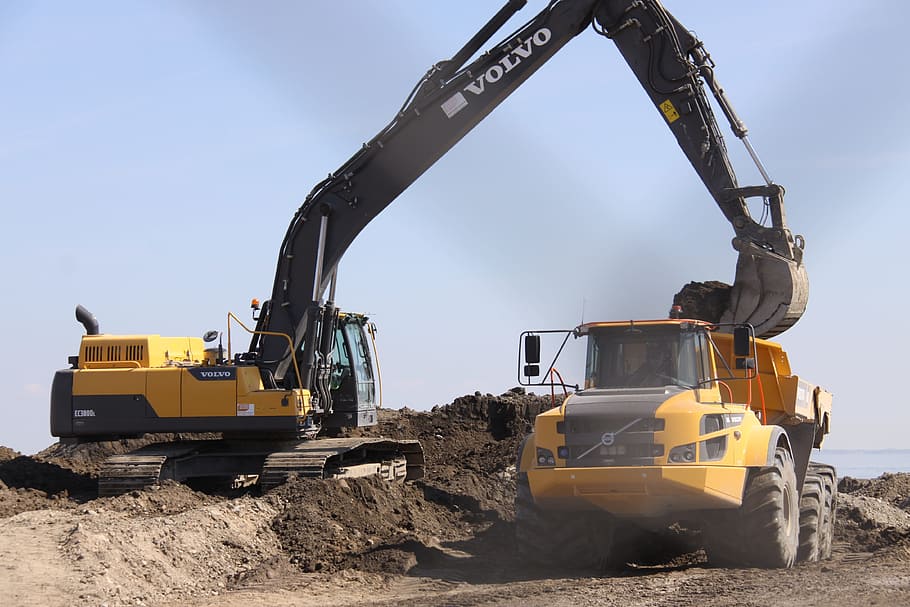
When it comes to upgrading your home, paying attention to the foundation is paramount. Whether you’re dealing with a new build or reinforcing an existing structure, the integrity of your foundation ensures the safety and longevity of your property. From underpinning and custom concrete designs to slabs and waterproofing, understanding these elements will help you make informed decisions for a more robust home.
Underpinning: Strengthening Your Base
Underpinning is a critical process when the existing foundation of your home isn’t strong or stable enough. This method involves extending the foundation depth or breadth so it rests on more stable soil or distributes its load more effectively. Common reasons for underpinning include subsidence, structural damage, or the need for additional load-bearing capacity due to new construction above.
Steps for Effective Underpinning:
- Assessment: Begin with a thorough assessment of the current foundation. Look for signs of settling, cracks, or uneven floors.
- Planning: Develop a detailed plan that considers the soil conditions, the extent of underpinning needed, and the best methods to use.
- Execution: Carefully excavate around the foundation, install the underpinning system (often concrete or steel), and ensure it’s securely integrated with the existing foundation.
Hiring a professional for underpinning is advisable, as it requires specialized knowledge and equipment. The right expertise can save you from potential future issues and ensure the job is done safely and effectively.
Building Solid Foundations

Foundations are the bedrock of any construction project. There are various types of foundations, such as slab-on-grade, crawl space, and basement foundations. Each type has its pros and cons, depending on the soil conditions, climate, and the type of structure being built.
Key Considerations for Foundation Construction:
- Soil Testing: Conduct a soil test to understand the bearing capacity and composition of the soil. This helps in choosing the appropriate foundation type.
- Design: Ensure the foundation design matches the load requirements and local building codes.
- Material Quality: Use high-quality materials to avoid issues like cracking or shifting over time.
Custom Concrete Designs: Adding Personal Touches
Concrete isn’t just about strength; it can also be an aesthetic feature in your home. Custom concrete designs allow you to personalize your space with unique patterns, textures, and colours. From polished concrete floors to decorative driveways and patios, the possibilities are endless.
Implementing Custom Concrete Designs:
- Choose Your Style: Decide on the look you want to achieve. Do you prefer a sleek, modern finish, or a rustic, textured appearance?
- Preparation: Properly prepare the site by cleaning and leveling the surface. This step is crucial for achieving a flawless finish.
- Application: Use techniques like stamping, staining, or polishing to create your desired design. Consistency in application ensures a professional look.
Working with a professional concrete designer can help you achieve the best results, blending functionality with aesthetics seamlessly.
Durable Concrete Slabs
Concrete slabs are a versatile and durable option for both indoor and outdoor projects. They provide a flat, stable surface ideal for floors, patios, driveways, and even countertops.
Tips for Perfect Concrete Slabs:
- Subgrade Preparation: Ensure the subgrade is well-compacted and free of debris to prevent settling and cracking.
- Mix Quality: Use the right concrete mix for your project. The mix should have the appropriate strength and consistency for the intended use.
- Curing: Properly cure the concrete to achieve maximum strength. This involves keeping the concrete moist and at the right temperature for several days after pouring.
Concrete Waterproofing: Protection Against Moisture
Waterproofing your concrete structures is essential to prevent damage from moisture infiltration. This is particularly important for foundations, basements, and other below-grade structures.
Effective Waterproofing Techniques:
- Membranes: Apply waterproof membranes to the exterior of the concrete. These can be sheet membranes or liquid-applied.
- Sealants: Use high-quality sealants on concrete surfaces to block moisture ingress.
- Drainage Systems: Implement proper drainage systems around your foundation to divert water away from the structure.
Ensuring Longevity and Aesthetic Appeal
Maintaining your concrete structures is an ongoing process. Regular inspections and timely repairs can prevent minor issues from becoming major problems. By understanding the basics of underpinning, foundation construction, custom concrete designs, slabs, and waterproofing, you can make informed decisions that enhance both the durability and visual appeal of your home.
When you take these steps, you invest in the long-term stability and beauty of your property. Remember, while some tasks can be DIY, consulting with a professional can provide you with insights and expertise that ensure your project is executed flawlessly. Happy upgrading!
